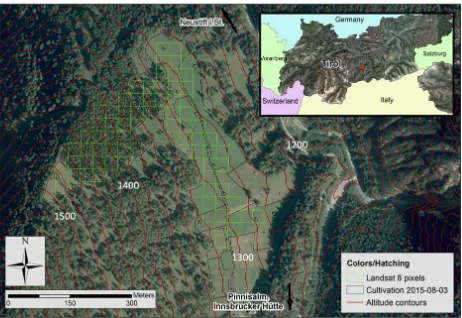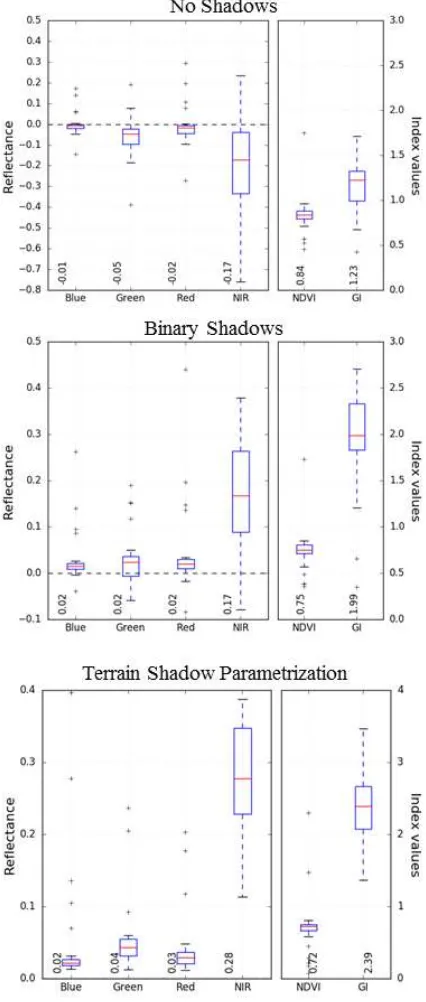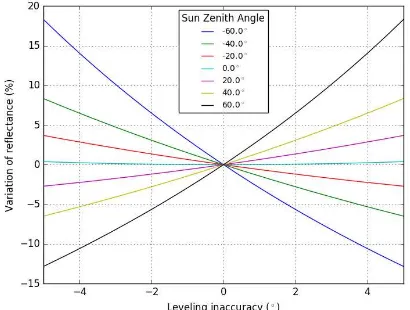isprs archives XLI B7 671 2016
Teks penuh
Gambar




Garis besar
Dokumen terkait
In order to determine the capabilities of each method as for the quality of multispectral images, the quantitative estimates of the information content of
In addition to getting the spectral features, object-based methods can also get the structure, shape and texture information of the surface objects, making it easier
The combination of spectral reflectance values of image bands, image texture, and NDVI from WorldView-2 imagery, combined with an object-based classification approach, resulted
In this work, we analyze the impact of employing the pixel-wise radiometric and spectral calibration curves on the ability to ex- tract the meaningful signal and filter the noise
In this paper, combining with texture and the spectral indices, including Brightness, Soil adjusted vegetation index SAVI, Normalized Differences Water Index (NDWI) and
This paper describes the combination of multi-data in stratifying the natural evergreen broadleaved tropical forest of the Central Highlands of Vietnam. The
The research on the formulas and values of certain indices consisted in analyzing spectral (for NDVI) and textural (granulometric maps) data regarding different
has been reported on evaluating the potential of using red edge- based spectral vegetation indices for estimating nitrogen concentration based on the aerial remote sensing